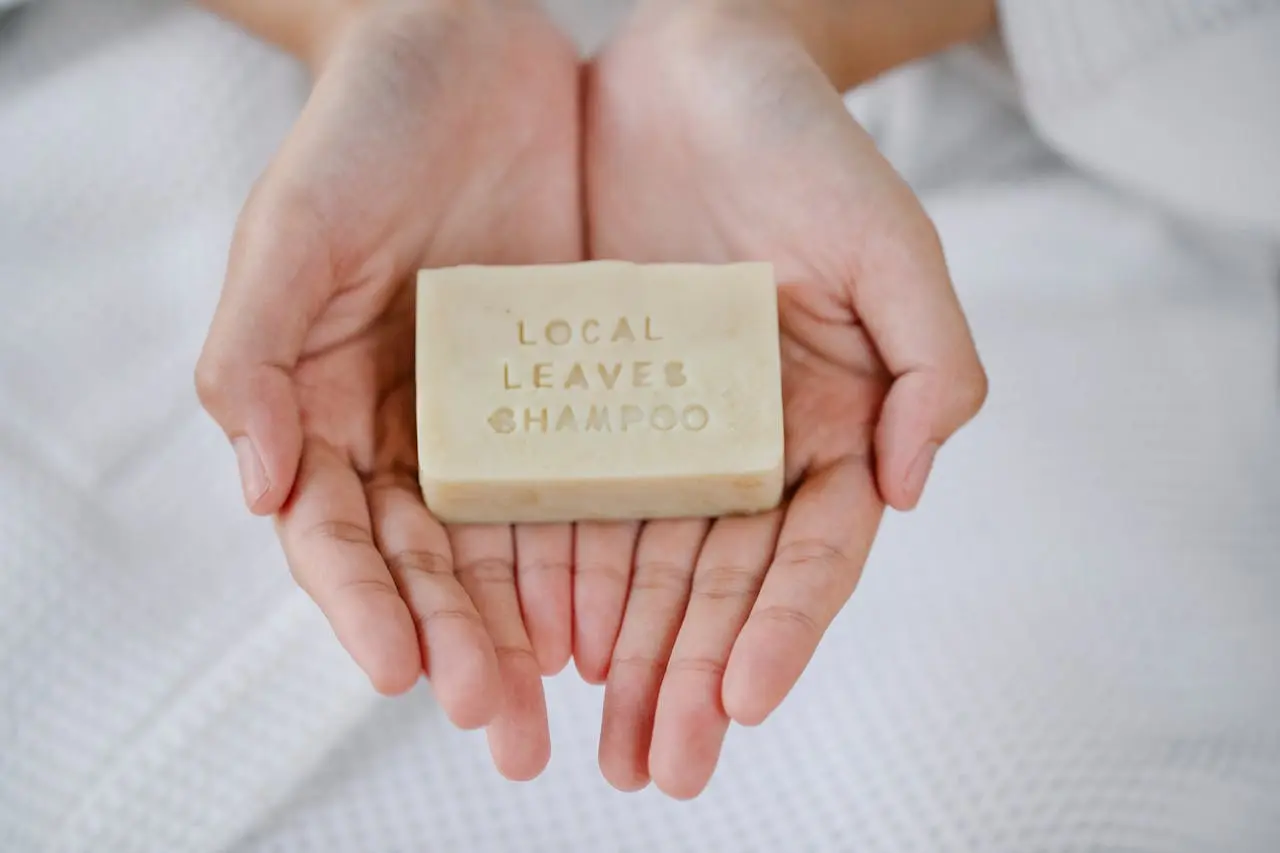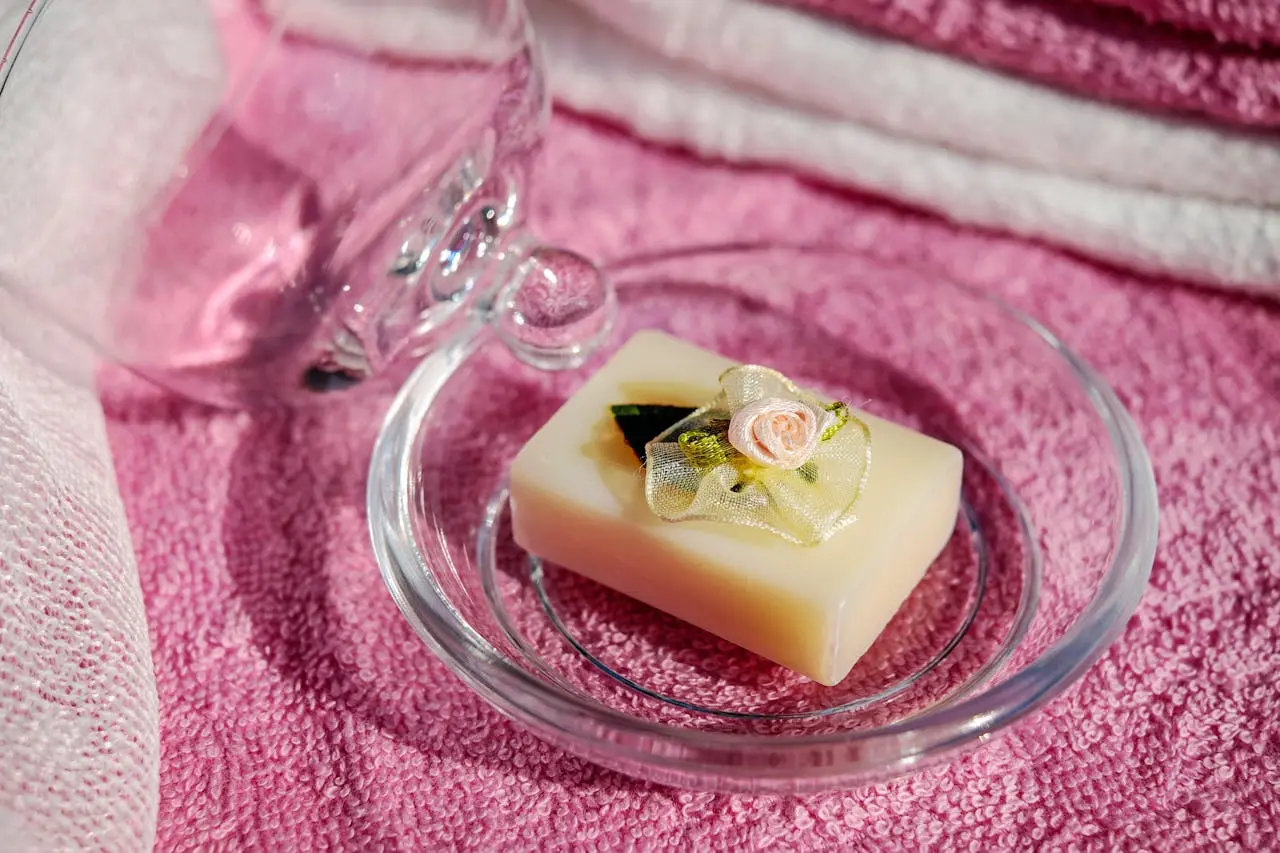Domestic Cleaning and Soap
If you ask yourself why you need soap to remove dirt in the house instead of just clean water, the answer is that soap can clean oils. Water generally can clean sugar or salt, but its chemical composition repels oils and cannot clean dirt and grease. The human skin requires something to wash the oils it produces, and bar soap is one of the products suitable for this. However, liquid soaps are better for sensitive skin as they do not irritate it.
History
In the past, the ancient people used to clean themselves by rubbing olive oil and sand into their skin and then scraping it off. In these times, bathing was done for social gatherings rather than body cleaning, and most cultures heated the water during this ritual. It is believed that the making of soap was discovered in several places in the world independently, and because of the lack of information about the rest of the world, people weren’t able to exchange details. Later in history, however, as germs were discovered, people encouraged themselves to make soap and stay clean by regularly washing their bodies. Some used secret recipes, mixed animal fats with wood ashes, and added scenting agents to prepare a pleasant-smelling jelly-like or hard soap for personal use.
In the early days, soap making was more accepted as an art than a science as people were not familiar with the chemical process, and there was no standard for soap as a product. After they discovered the chemical nature and learned more about the fats and glycerine, soap chemistry began. Soap-making became one of the fastest-growing industries after the factory operation was founded. The soap turned from a luxury product to an everyday necessity, and it was produced for a variety of purposes, including washing machines to wash clothes and in the form of washing up liquid to wash dishes.

The Secret of the Soap
Almost all of the products that we call “soap” nowadays are not petroleum-based detergents, which may cause allergic reactions in many people. The bar soap dries and irritates the skin and can cause itching and burning, but many people still prefer this type of soap over the shower gel. They are more gentle on the skin and do not contain as much toxic elements as bar soap. Today, most detergents used for washing dishes, washing clothes, and cleaning are synthetic and have replaced soap-based ones. They have become popular because they foam well without leaving any soap scum on the surfaces.
The Science Behind Soap
But how does soap work? What makes it such a good cleaner? It’s not magic, after all.
Soap combines fat (vegetable oils make a softer, gentler soap suitable for cleaning faces and hands or for washing wool; animal fats such as tallow make a more complex soap for heavy-duty cleaning jobs) with caustic soda or lye. This makes soap qualify as a natural cleaning product par excellence, as tallow is a by-product of the meat industry. In contrast, caustic soda or lye can be made from wood ash, another waste product derived from an organic source. The process is called saponification, which is the boffin’s way of saying that the ingredients of soap… make soap. Caustic soda is a strong alkaline, while fat is slightly acidic, so the end product is a mild alkaline with a pH of about 8 (7 is neutral).
Soap’s chemistry makes it able to make water wetter. This sounds like gobbledegook until you remember about water’s surface tension. Surface tension makes it possible for a needle to float on water or to stand up a millimetre or two above the top of a glass. Soap’s chemical structure breaks the surface tension of water, so water can’t form this “skin”.
Once the “skin” of the water is broken, the water can mix more readily with other substances. As water is nearly a universal solvent, it can begin to break down the grime and dirt molecules, floating them away from where you don’t want them (e.g., carpets).
Soap’s chemical structure also makes it an emulsifier that combines two liquids that don’t usually mix (for example, oil and water). This is why soap is prized as a grease-cutter and can work to remove oily marks and stains.
To get a bit more technical, soap molecules comprise long hydrocarbon chains (like most organic substances). One end of the chain is hydrophilic (loves water), while the other is hydrophobic (hates water). It’s all about the minute electrical charge in the molecules. The water-hating end loves fats and oils, so this bit of the soap molecule binds to the oils. The water-loving end floats. The more soap is used, the more oil you can float out of the carpet.
Soap, however, doesn’t work so well in hard water with lots of calcium or magnesium in it, as the soap reacts with these molecules instead, forming a white scum that gets everywhere. You need a water softener to deal with these molecules and allow the soap to work. Sodium is the answer, with the most common water softener being washing soda; baking soda comes in a close second. This is why washing soda should be added to home-made cleaning products containing soap or soap gel and why baking soda is so good at cleaning baths.

Can I Make My Soap At Home?
OK, so we’ve had our White Christmas and are fed up with the snow. By now, if you can’t go to work or school, you’ve probably given your house a good cleaning and are ready to climb the walls… or clean the walls.
Maybe it’s time to try making the ultimate natural home cleaning product… soap. Ordinary soap has been used to keep everything spotless for centuries, and it still does just as good a job today as it always has. Soap, being gentler than most commercial detergents, can be used for cleaning an extensive range of things around your house, from carpet cleaning and tiles cleaning to washing woollens – and even washing your hair. It’s easier to say what you can’t clean with soap: you shouldn’t try cleaning glass and windows with soap… use vinegar.
A Recipe For Home-made Soap
500 g caustic soda
1 ½ litres of soft water (add washing soda to chlorinated tap water to soften it)
1 ½ litres vegetable oil
additions such as sand, essential oils, oat bran, dried flowers or food colouring
rubber gloves
moulds for the soap – a shallow dish will work well for ordinary bars.
(Variation for hard soap: use 2 litres of water and 3 kg of clarified fat (clarify fat by melting down any animal fat and scooping off any scum from the top or jelly from the bottom – a good use for fat you trim off meat BEFORE cooking.))
Put on your rubber gloves and remove any toddlers from your immediate environment. Put the water in a large, non-corrosive container. Add the caustic soda slowly and carefully to the water (never the other way around) and stand back as the reaction happens to make the lye. The mixture will heat up, so wait until it cools down before proceeding further. If you are making hard soap, this is the time you can spend melting the clarified animal fat down. You can also prepare the moulds you will use by lining them with damp calico or muslin (if you have any lying around – otherwise, use tinfoil, cling film or an old tea towel or pillowcase). Add the caustic soda and water mixture (the lye) very slowly and carefully to the melted fat or oil. Stir for 5 minutes. If you’re adding any extras, add them now and stir again. Pour the mixture into moulds and put them away for 24 hours. Cut into bars (a wire garrotte thing works best, but you can get away with using a knife heated by dipping into boiling water). Then, stick the bars away in a dark cupboard to cure for about a month.
If you have a lot of time, you can even make your own lye, especially if your home is heated with a log fire and has plenty of wood ash. Get a large bucket and boreholes in the bottom. Stand this inside a big non-reactive collection dish (another, larger bucket, maybe) on top of some straws or twigs. Fill the inner bin with wood ash to the top after sifting larger bits of charcoal out (put the charcoal back into the fire or add it to the garden). Pour water onto the ashes (not too much) every 3–4 hours for three alternate days (e.g., Monday, Wednesday and Friday). The water that drips into the collection dish will be very caustic lye for soap making. Handle with care.

